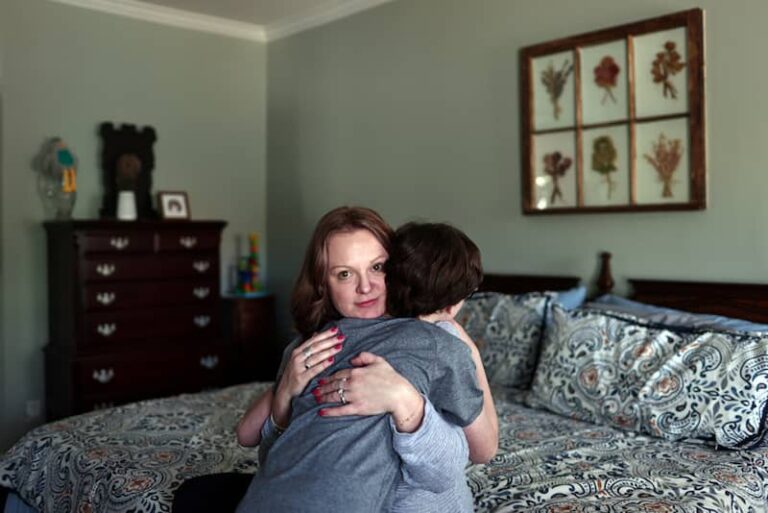Every January, Angela Ceberano sets goals for the 12 months ahead. And on Sunday nights, she plans and organises the coming week.
But instead of spreadsheets or smartphone apps, the Melbourne-based founder of Flourish PR told the BBC she uses notepads, an old-fashioned diary, coloured pens and a stack of magazines. With these, she brainstorms, makes lists and creates a vision board.
Ceberano is not a technophobe: she splits her time between traditional and new media, and between Australia and San Francisco, where some of her start-up clients are based.
“Sometimes I just want to get rid of all the technology and sit down in a quiet space with a pen and paper,” she says.
“When I get a pen and paper, or when I’m using my old-fashioned diary and pen, it just feels more flexible to me. I can focus.”
Many people are returning to writing and colouring-in to help organise their lives or goals — fitness, finances, fast-tracking their careers.
Science suggests they might be on to something. While technology can provide an edge for certain tasks, digital overload is a real and growing concern, the BBC reports.
The University of California at San Diego suggested in a 2010 study we consume nearly three times as much information as we did the 1960s.
Britain’s communications authority, Ofcom, says 60% of us consider ourselves addicted to our devices, with a third of us spending longer online each day than we intend.
Researchers from Princeton University and the University of California at Los Angeles published three studies in 2014 showing that students who took notes on laptops performed worse on conceptual questions than students who took notes longhand.
Those who took written notes had a better understanding of the material and remembered more of it because they had to mentally process information rather than type it verbatim.
Another study, published in the Journal of Applied Cognitive Psychology, showed that people who doodle can better recall dull information.
So, with the proliferation of technology specifically designed to aid productivity and efficiency, what’s the enduring appeal of simpler tools?
A notepad will never run out of batteries; its screen won’t freeze halfway through a task. You can’t accidentally delete something. It won’t ring, or ping or pester you with constant social media and email updates.
And you can sketch, draw a diagram or stick-figure illustration — sometimes a picture is worth 1000 words — which isn’t as easily done on a smartphone.
For Amy Jones, creator of Map Your Progress, which involves goal-tracking through art, creating a visualisation helped her pay off $26,000 in debt.
Jones drew up a huge canvas of swirls, each representing $100, and hung it on the wall. Each time she paid that amount off, San Diego-based Jones coloured in a swirl. The result? She paid off her debt in half the expected time and created an impressive artwork.
“I was surprised by how effective it was, at how satisfying it was to colour those things in,” Jones says. “I could take each one of these swirls and see the progress blooming in colour on my wall, then that motivated me to make different decisions. And so I was more aggressive about paying off the debt than I would have been otherwise.”
After posting about her success on Facebook, the idea took off. She started selling her designs, known as Progress Maps, online in 2015. Customers as far away as Australia use them to stay focussed on goals such as losing weight or training for a marathon.
Writing it down also sparks innovation. Being innovative and creative is about “getting your hands dirty”, a feeling that is lacking when you use technology or gadgets, says Professor Arvind Malhotra of the University of North Carolina’s business school.
“Nearly 80% of the physical workspaces I have observed, that are considerably creative in their output, use whiteboards,” he says. “In almost all the high-technology companies, those that make digital hardware and software, whiteboards are still a dominant method for creative stimulation and collaborating.”







